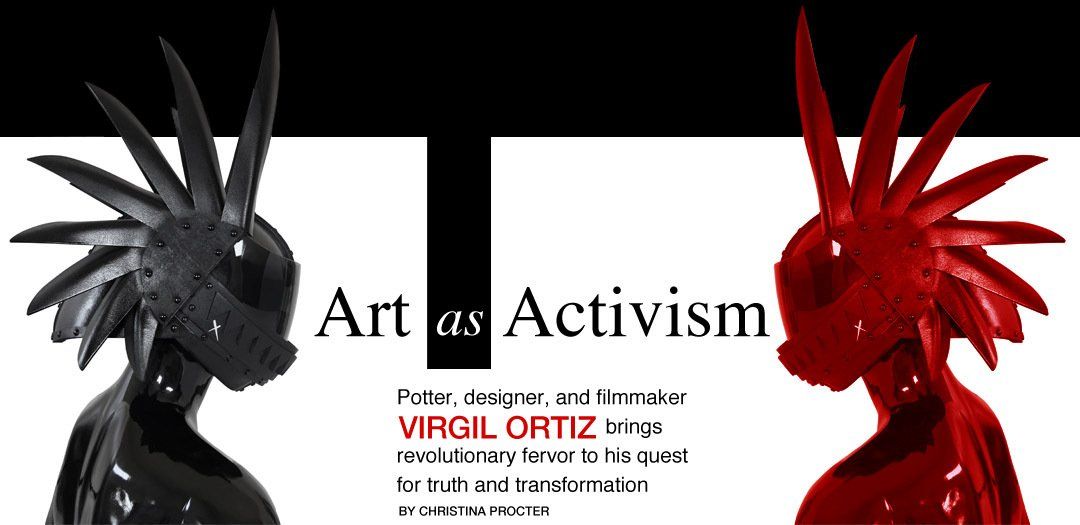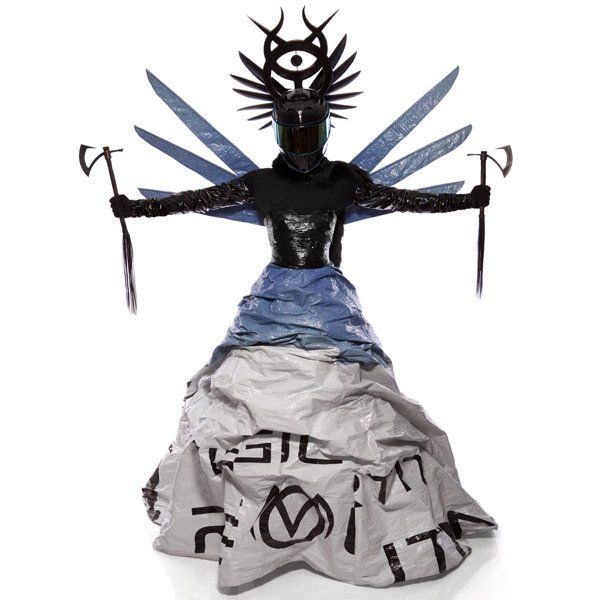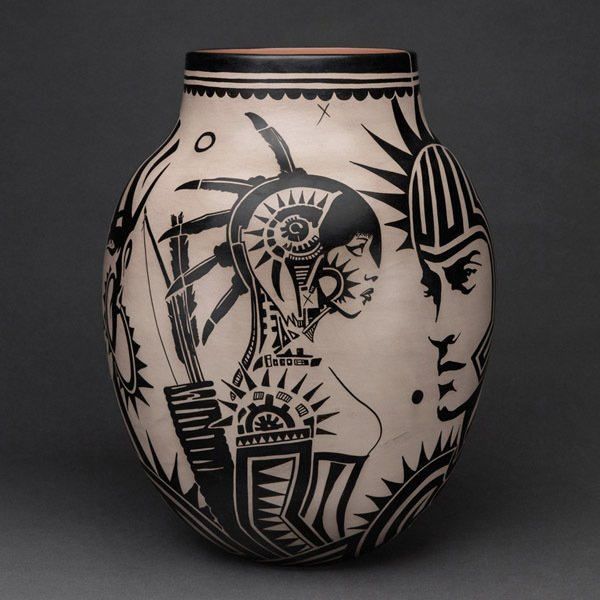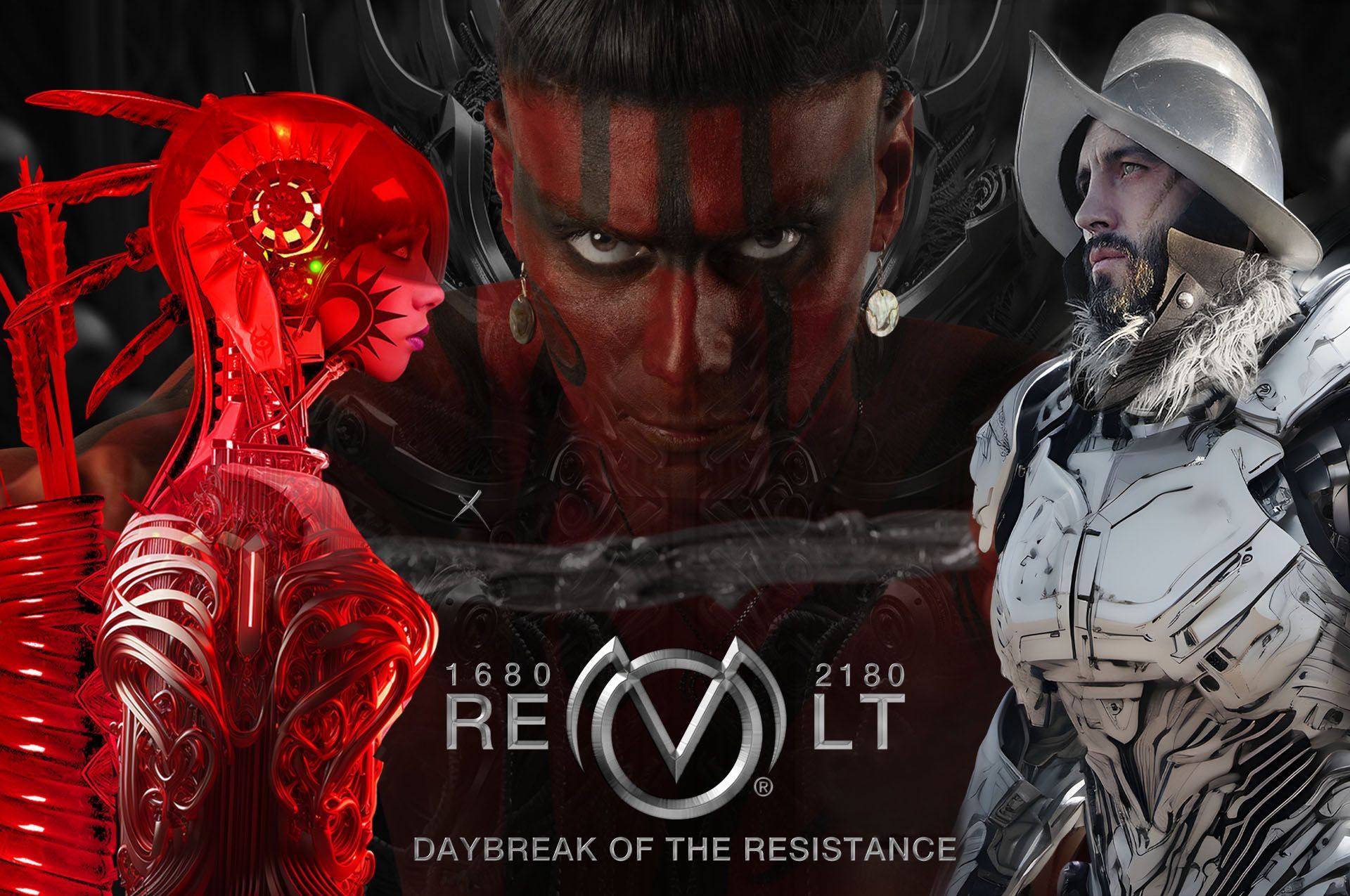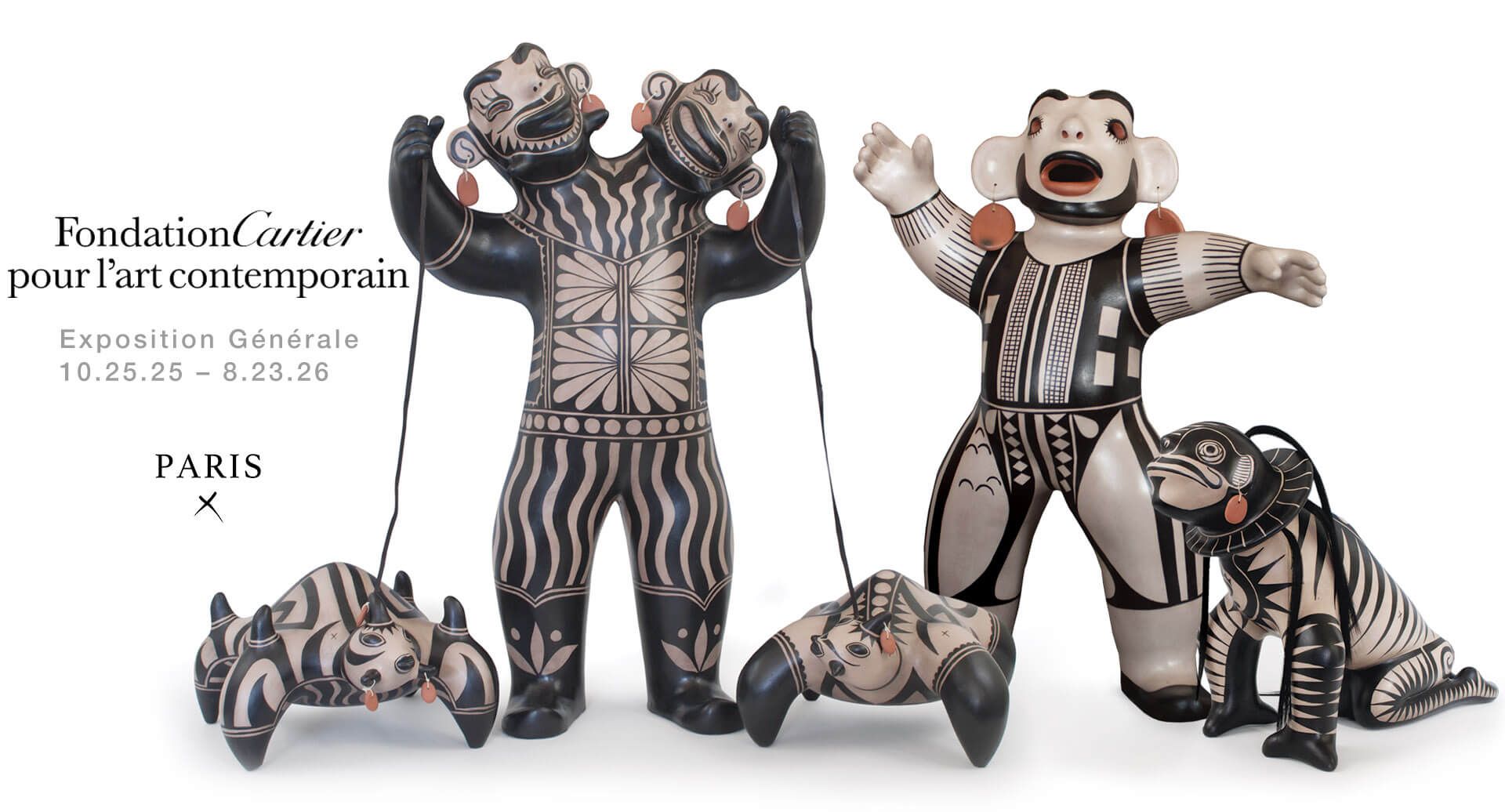
If you Google “the first revolution in America,” you’ll get more than five million results for the American Revolution, the one in which Anglo colonists sought independence from the British Crown. Yet almost 100 years earlier, the real first revolt took place in this country when 46 Pueblos throughout New Mexico organized a rebellion and, in one fell swoop, drove the Spanish conquistadors from their lands. “Most people do not know about the Pueblo Revolt of 1680,” says Virgil Ortiz. “It isn’t taught in our schools; it isn’t in our history books. It has been swept under the carpet for hundreds of years because of the genocide against Indigenous peoples.”
Ortiz, who comes from Cochiti Pueblo and was taught to work with clay by his mother and grandmother almost before he could walk or talk, is an artist of many genres. But the story he’s telling through his art is always the same: the perseverance in the fight for justice and equality. It’s the quintessential American tale, and—as we’ve seen in recent months with the momentum of the Black Lives Matter movement and other protests, not to mention New Mexico’s recent removal of colonial statues—it won’t end until the battle is won.
The youngest of six children, Ortiz says he “had the most time to experiment with clay, sitting next to our mother.” After school each day, he’d go home to clay. “I thought every family worked with clay,” he says. “I did not even know that it was art that was being created.” The practice involved going on trips to nearby mountains to harvest the clay and gather wild spinach, which is boiled down for days into a sludge and set into corn husks, where it becomes a deep black paint. The pottery is shaped using the ancient coil-and-scrape method, then painted and fired outdoors in the traditional manner, although Ortiz sometimes uses a kiln when he’s not at the Pueblo, where he has a home and studio.
Around the age of 14, Ortiz started to create new figurative pieces that were totally different from what he’d learned from his family. That’s when he caught the eye of Robert Gallegos, a collector and dealer from Albuquerque who visited the Pueblo several times a year to purchase clay works from Cochiti potters. “He has known
me since I was a kid,” says Ortiz. “Robert kept an eye on the children of the potters who would naturally pick up the art, continue with the tradition, and pass it on to the next generation. He knew it was a dying art form.”

